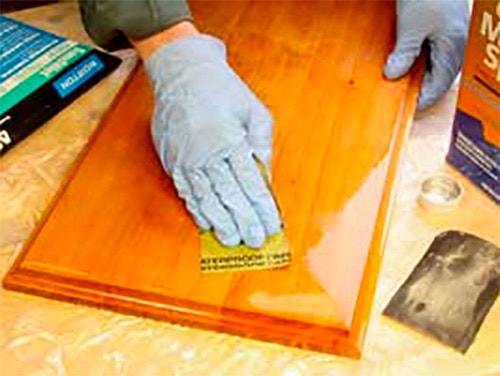What Is Wet Sanding?
As a relative novice, I have heard about "wet sanding". Can you describe what this is, when to use it, on what wood, how to use it without water damage, etc? - Mark Thorud
Chris Marshall: A lot of terminology gets tossed around among different hobbies and specialties. I believe "wet sanding" is a crossover term from automotive finishing. It involves using a lubricant such as soapy water or mineral spirits, in conjunction with very fine silicon-carbide paper, to smooth and flatten each coat of finish before applying the next. The lubricant helps to wash away grit particles and the little bits of finish that are abraded as well as keep the dust down. You can do the same thing on your woodworking projects between coats of thoroughly cured film finishes such as shellac, lacquer or varnish. The wood type makes no difference. Some wood finishers call this process "rubbing out" rather than wet sanding. It will help smooth away little dust nibs, brush strokes or other tiny imperfections so the finish feels smoother. A good book on wood finishing will explain the process in better detail to help get you started — it's not difficult to do and makes a big difference in the quality of your finishes.
Rob Johnstone: It occurs to me that you may be asking about a completely different concept, that of raising the grain with water during the sanding process. The late Mike McGlynn was a big proponent of sanding an entire project to 220-grit, then taking a wet cloth and wiping the whole piece of furniture — removing sawdust and applying a layer of water at the same time. When they are moistened in this manner, the wood fibers swell and then dry. (This lifts very small dings and closes ultra-small cracks and creases in the wood surface.) Sanding one more time with 220-grit, and then finer paper if desired, will provide a super smooth surface upon which to apply your finish.
Mike would always take this step if he was going to apply a water-based dye to the wood. In addition to the super smooth surface, this process helped him achieve an even dye application.
Keep the inspiration coming!
Subscribe to our newsletter for more woodworking tips and tricks






